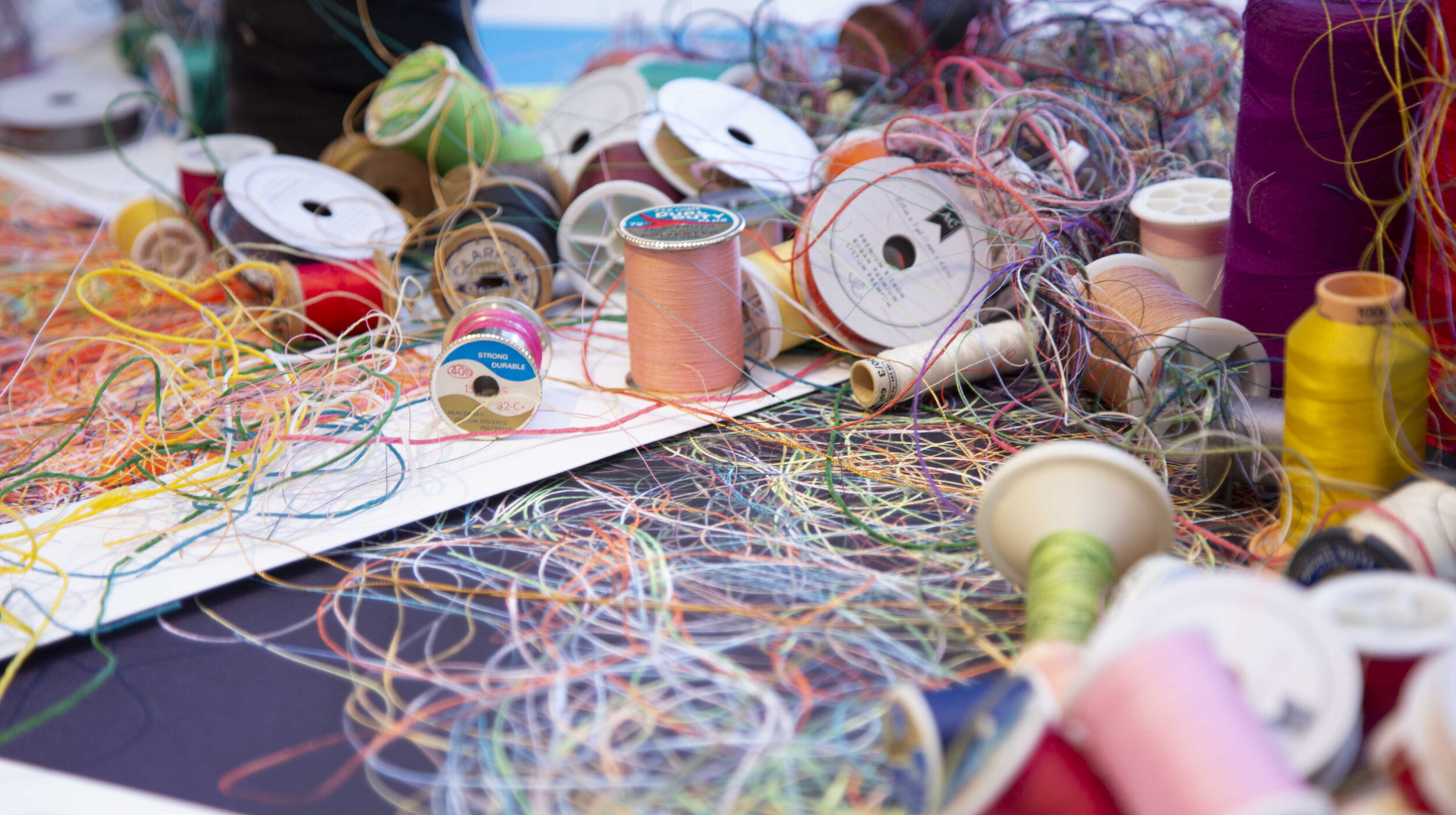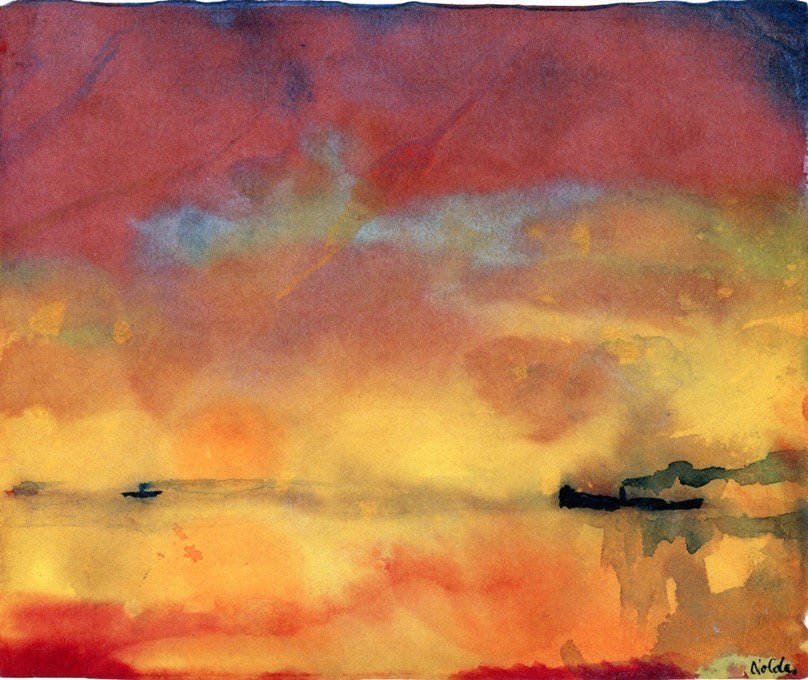
BLOG
BETWEEN PALETTE AND PROPAGANDA: Emil Nolde’s Troubled Dance With Nazi Germany
Nolde’s story warns that persecution alone does not equal resistance: an artist can be both victim and believer, oppressed by aesthetic policy yet thrilled by the ideology behind it. For museums and viewers, the question is not whether to hang his blazing reds and violets, but how—with letters, party documents, and wall texts that refuse the old romance of the misunderstood genius.
“PAINT ME AS YOU WOULD A SHADOW”: Felix Nussbaum’s Long Hide-and-Seek With the Third Reich
A decade earlier Nussbaum had been the bright hope of Osnabrück, the surgeon’s son who won the Rome Prize and sketched street scenes on the Via Appia. But late in 1933 Alfred Rosenberg, Hitler’s cultural commissar, strode through the German Academy in Rome to inspect its “racial hygiene.” Modernists and Jews were persona non grata; Felix was both. Overnight he and his Polish-born partner, the painter Felka Platek, fled Italy with two suitcases of clothes and a portfolio of half-dry oils.
MARGUERITE MATISSE: A Daughter's Courage in Occupied France
In dawn of the 20th century in France was marked by a vibrant and transformative artistic landscape, with the Impressionist movement having laid a fertile ground for the emergence of diverse modern art expressions.1 At the heart of this era stood Claude Monet, a foundational figure of Impressionism, celebrated for his profound ability to capture the subtle nuances of light and his dedication to exploring singular subjects through extensive series of paintings. Among his most iconic works are those depicting water lilies, a subject with which his name became intrinsically linked in the public consciousness.



